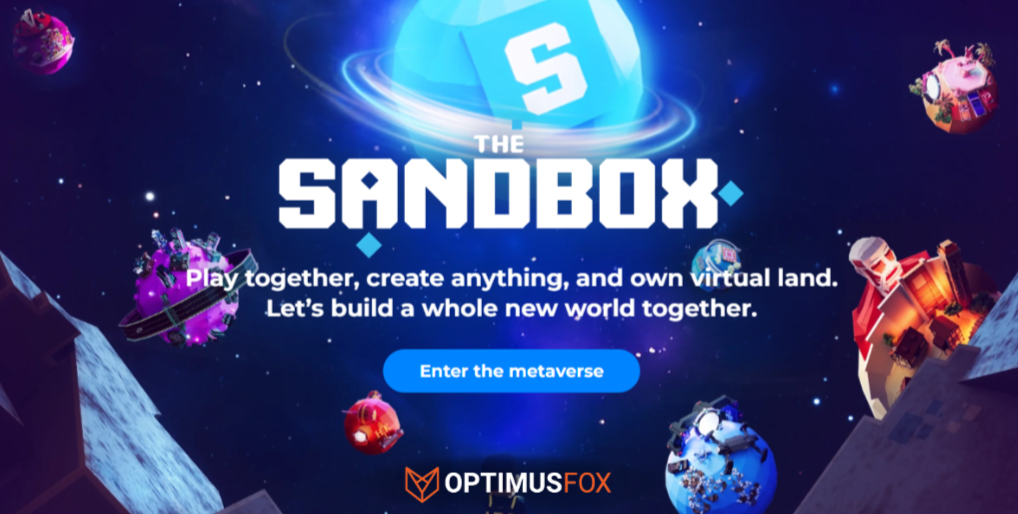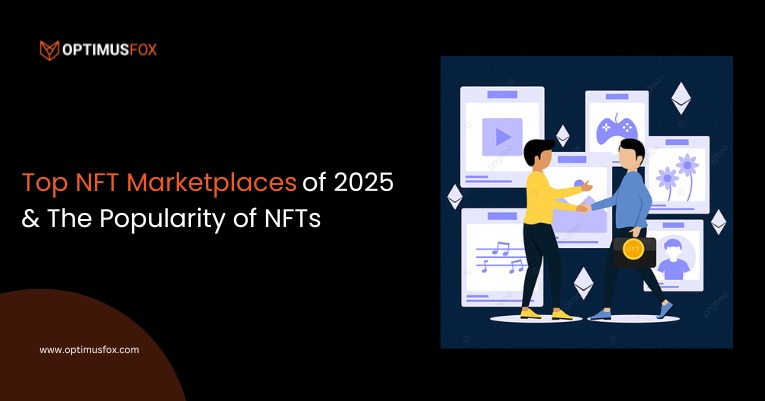In the ever-evolving landscape of the gaming industry, two compelling forces have emerged as transformative agents: NFT game art and game design. These dynamic elements are shaping the future of gaming, pushing boundaries and redefining how players interact with virtual worlds. In this article, we embark on an enlightening journey to explore the profound differences that set NFT game art and game design apart. We’ll delve into the unique characteristics, impact, and collaborative dynamics that make each of these disciplines a driving force in modern game development.
The Canvas and The Algorithm: A Brief Overview
Before we dive deeper into the intricacies of NFT game art and game design, let’s establish a foundational understanding of these concepts.
NFT Game Art:
Imagine a digital masterpiece, a visually stunning creation that exists as a unique, verifiable token on the blockchain – that’s the essence of NFT game art. NFTs (Non-Fungible Tokens) have revolutionized the art world, allowing artists to tokenize their creations and establish ownership in the digital realm. NFT game art involves the creation of these tokenized artworks that become integral to the gaming experience, adding a layer of scarcity and value to in-game assets.
Game Design:
Now, envision the mechanics, systems, and gameplay dynamics that shape the player’s journey – that’s the realm of game design. Game design encompasses the rules, interactions, objectives, and challenges that define a player’s experience within a game. It’s the art of crafting engaging, balanced, and immersive gameplay that keeps players engrossed and invested.
With this groundwork laid, let’s delve into the distinctions that set NFT game art and game design apart.
The Creators:
NFT Game Art:
NFT game artists are pioneers of the digital frontier, harnessing their creativity to craft visually stunning and tokenized artworks. These artists leverage their skills to design unique characters, environments, and assets that hold real-world value in the form of NFTs. They explore the potential of blockchain technology to authenticate and monetize their creations, ushering in a new era of digital ownership and collectibility.
Game Design:
Game designers, in contrast, are the architects of interactive experiences. They shape the mechanics, gameplay loops, and progression systems that define how players engage with a game. Game designers possess a deep understanding of player psychology, pacing, and balance, ensuring that the gameplay remains captivating and rewarding.
Skills That Set Them Apart:
NFT Game Art:
Proficiency in digital art tools, 3D modeling, and an understanding of blockchain technology are crucial for NFT game artists. They must master the art of creating visually appealing assets that resonate with collectors while also navigating the intricacies of tokenization and decentralized platforms.
Game Design:
Game designers rely on a diverse skill set that includes creativity, systems thinking, and a deep understanding of player behavior. They employ their knowledge to design mechanics, puzzles, and challenges that provide players with meaningful and enjoyable interactions.
Collaborative Symphony:
NFT Game Art:
NFT game art often involves collaborations between artists and blockchain experts. Artists work alongside developers to ensure the seamless integration of NFT assets into the game’s ecosystem. This collaboration ensures that the tokenized artworks enhance the overall player experience.
Game Design:
Game design thrives on collaboration among designers, programmers, artists, and writers. This multidisciplinary teamwork is essential to bring the game’s vision to life. Designers work closely with programmers to implement mechanics, artists to visualize concepts, and writers to infuse narrative depth.
Read Next Article: Technologies That Empower the Metaverse Gaming
Focus on the Player:
The fusion of NFT game art and game design revolves around player engagement and empowerment. Let’s compare one by one:
NFT Game Art:
NFT game art enhances the player experience by offering unique and collectible in-game assets. These tokenized artworks provide players with a sense of ownership and exclusivity, enabling them to showcase their virtual possessions and contribute to the game’s economy.
Game Design:
Game design places the player at the heart of the experience. It determines the challenges players face, the emotions they feel, and the sense of accomplishment they derive from overcoming obstacles. Game designers create a dynamic and engaging environment that keeps players immersed and invested.
Innovation and Evolution:
The interaction between NFT game art and game design are transformative factors behind the next generation of interactive experiences. Let’s compare both parts and check how this continuous cycle of adaptation and refinement pushes the boundaries of what’s possible:
NFT Game Art:
NFT game art is a pioneering field that continues to evolve. As blockchain technology advances, artists explore new ways to leverage NFTs for dynamic in-game assets, virtual land ownership, and even collaborative art creation. The landscape of NFT game art is characterized by innovation and experimentation.
Game Design:
Game design is also in a constant state of evolution. Designers adapt to emerging technologies, player preferences, and industry trends to create experiences that resonate with contemporary audiences. The iterative process of playtesting, feedback, and refinement ensures that gameplay remains fresh and engaging.
The End Goal:
In NFT game art and game design aesthetics or mechanics have significance but it is more about redefining digital ownership and immersive experiences. It is important to set an aim to create a dynamic ecosystem in which players not only participate in game but truly own a piece of the virtual world.
NFT Game Art:
The ultimate goal of NFT game art is to create tokenized assets that hold both artistic and monetary value. Artists aim to engage collectors, players, and investors, fostering a vibrant ecosystem where virtual creations become coveted and treasured items.
Game Design:
Game design aims to create experiences that captivate and entertain players. The end goal is to immerse players in a world of challenges, exploration, and narrative, fostering a sense of accomplishment and enjoyment with each interaction.
The Symbiotic Fusion:
NFT game art and game design, while distinct, share a symbiotic relationship that elevates the gaming experience. NFT game art adds a layer of rarity, ownership, and personalization to in-game assets, creating a sense of value and exclusivity. Game design, on the other hand, ensures that these assets are seamlessly integrated into the gameplay, providing players with meaningful interactions and challenges.
Best NFT Game Art of 2025
Playing NFT games can help you earn rewards. It also bring amazing visuals and creativity to the gaming world. Some games in 2025 stand out for their unique and eye-catching art styles. Here are three of the best NFT game art examples:
1. The Sandbox

The Sandbox allows players to create and trade their own game assets using a blocky, voxel-based art style. With big brands like Gucci and Warner Music Group joining in, the game features beautifully crafted worlds and unique designs.
2. Shrapnel

Shrapnel takes NFT game art to the next level with high-quality, realistic graphics. As a fast-paced shooter, it features detailed character designs, stunning battlefields, and NFT-based customization options that make each player’s gear unique.
3. Axie Infinity

Axie Infinity is famous for its bright and playful art style. Each Axie is a unique NFT with different traits and colors, making them fun to collect and battle. The game’s world continues to expand with new features and creative designs.
Your Game, Our NFT Game Art
Optimusfox is a blockchain development company that strives to deliver suite of comprehensive services including Metaverse development. In this broad category, we provide NFT design services to help clients transform their game into a visually stunning, player-driven experience with high-quality NFT game art. Whether you are a game developer or already have a game that needs unique characters, breathtaking environments, or exclusive in-game assets, you can hire a NFT designer to craft designs that will add real value to your game.
Conclusion:
As we conclude our exploration of the intriguing differences between NFT game art and game design, we’ve unveiled the pivotal roles these disciplines play in shaping the future of gaming. Both NFT game art and game design contribute to a dynamic and evolving industry that continues to captivate players and creators alike. So, the next time you embark on a virtual adventure, take a moment to appreciate the fusion of artistic expression and interactive design that makes your gaming journey truly exceptional.






